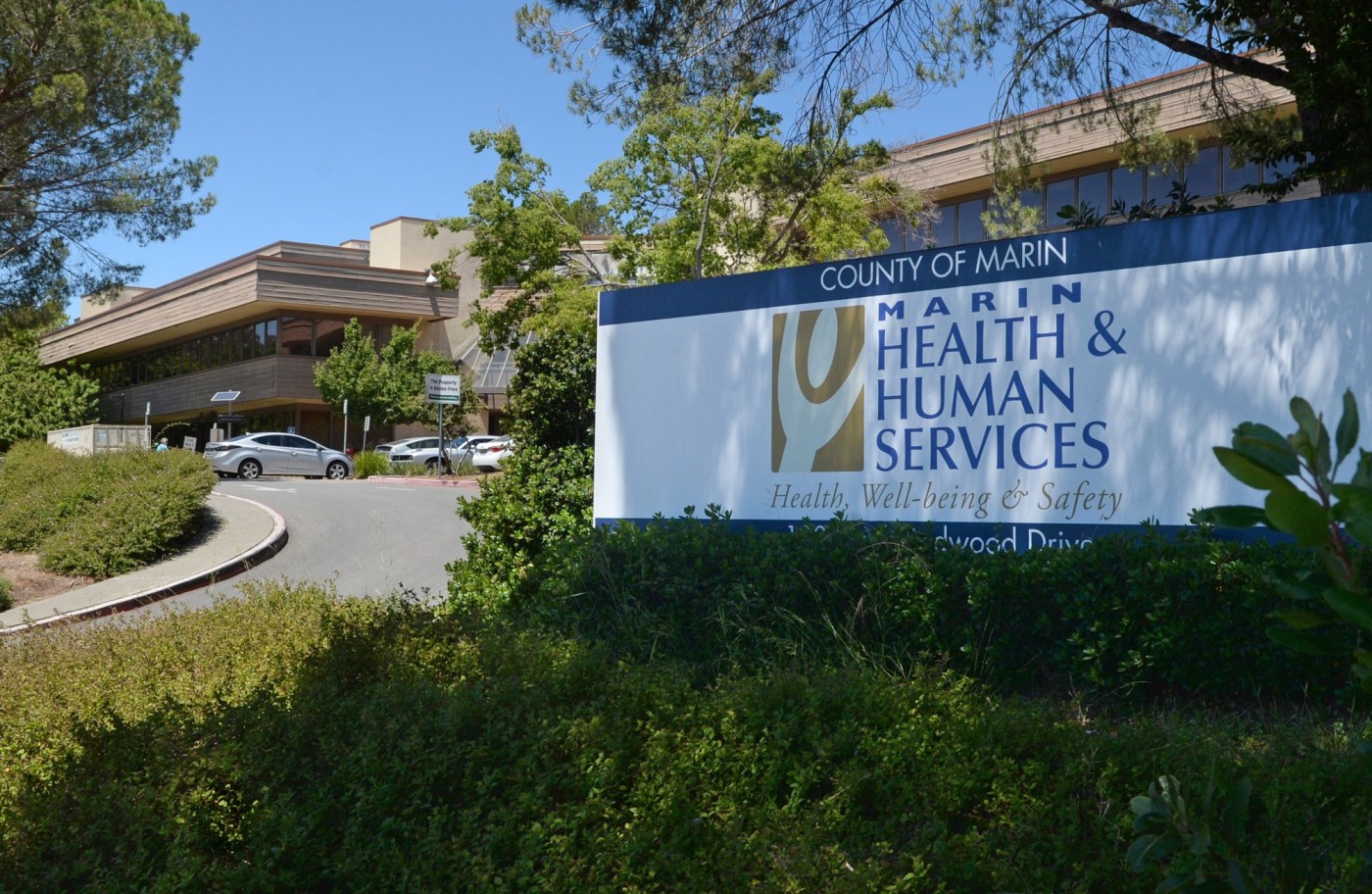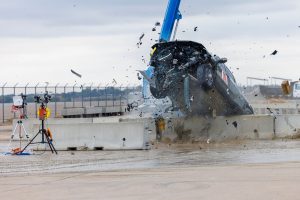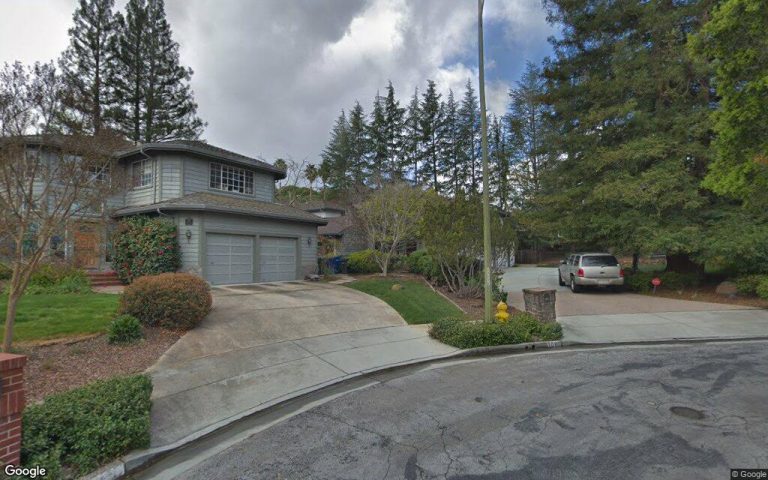A COVID-19 surge in Marin is at bay for now, but at least one community of older residents is coping with a large outbreak, the county’s public health officer said Monday.
Related Articles
California students’ test scores show slow recovery from pandemic-era learning losses
Long-COVID patients are frustrated that federal research hasn’t found new treatments
‘Doomsday Clock’ moves closer to midnight amid threats of climate change, nuclear war, pandemics, AI
Pause on communications from federal health agencies sparks concern in the Bay Area
CDC ordered to stop working with WHO immediately, upending expectations of an extended withdrawal
Dr. Lisa Santora said a cluster of cases reported at the Tamalpais Marin in Greenbrae “is probably one of the larger outbreaks we’ve had since the early spring of 2024.”
Santora said the county has not had the rise in COVID-19 cases it typically does this time of year. That might be about to change. She said levels of the virus in local wastewater have recently increased.
“We now have high levels of COVID-19 in the Central Marin Sanitary District wastewater and medium levels in the Novato Sanitary District’s wastewater,” she said. “The levels had been low for a long time.”
Tamalpais Marin has 220 independent living and 40 assisted living apartments. Santora said the outbreak involves only residents living in the independent living apartments and staff, such as housekeepers and food service workers, who work in that section of the building.
So far, 57 residents and 14 staff members have tested positive for the virus.
RELATED: It’s sick season. Here’s how to protect yourself from norovirus, COVID-19, flu and RSV
Santora said there was a smaller outbreak in the assisted living section of Tamalpais Marin immediately prior to the current rash of infections, but it has ended. The staff members who recently tested positive face minimal requirements for quarantine because they are not health care workers.
The Centers for Disease Control and Prevention recommends that people stay home and away from others until at least 24 hours after their symptoms improve and they are no longer feverish without relying on medication.
Santora said health care personnel may return no earlier than three days after testing positive, and they also have to be free of fever for 24 hours and have improving symptoms.
Health care workers are no longer required to test negative for COVID-19 before returning to the job. However, they must wear a face mask for at least 10 days after their initial positive test.
Santora said the most recent new case of COVID-19 at Tamalpais Marin occurred on Jan. 27. If there are no additional cases over the next 14 days, the outbreak will be declared over.
“We currently have zero cases in independent living,” said Paul Friesen, executive director of Tamalpais Marin. “We’re just waiting for that definition of an outbreak to end in 14 days.”
Friesen said that during the height of the outbreak, the facility required all visitors and staff to wear masks. It also tested residents on a voluntary basis and encouraged them to wear masks. Residents who chose not to eat in the facility’s dining room were supplied with meals they could eat in their apartments.
Friesen said the outbreak is the largest he has seen at the facility since arriving three years ago.
As of Jan. 26, the most recent date for which data were available, 13 people were hospitalized in Marin County because of COVID-19, and none was in an intensive care unit.
Friesen said none of the Tamalpais Marin residents who tested positive for COVID-19 required hospitalization.
“The majority of the symptoms were fairly minor, or none at all,” Friesen said. “When we did the generalized testing, some people tested positive with no symptoms.”
Santora said that this season’s influenza viruses and cases of metapneumovirus, which has recently surged in China, are proving more taxing than COVID-19. Metapneumovirus, first identified in the Netherlands in 2001, spreads through direct contact and features flu-like symptoms.
“Both flu and metapneumovirus are having more severe symptoms and also a more protracted course of illness,” Santora said. “We’re seeing people out of work and school for a longer period of time.”
The JN.1 variant of COVID-19 that began to establish its dominance in Marin about a year ago is believed to be more contagious than its predecessor but not more virulent.
About 29% of Marin residents are up to date with their COVID-19 vaccinations, including about 55% of residents age 65 or older.
Santora said that while those numbers are better than those of many other communities, she would like to see them higher among residents who are 60 or older. She said it is not too late for people to get their vaccinations for COVID-19, influenza and respiratory syncytial virus.












